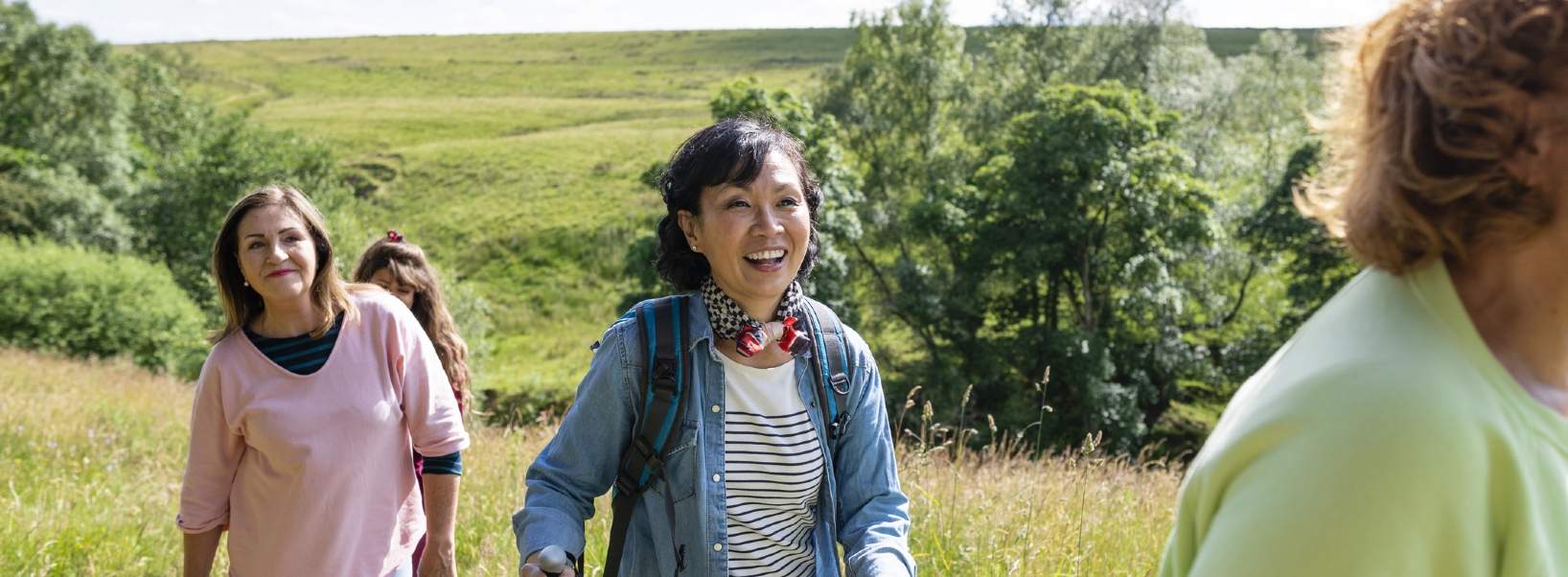The role of a rural estate or farm business is more than the sum of its parts.
And while the social value they deliver and their contribution to sustaining fragile rural communities is often hard to quantify, the ability to demonstrate it to stakeholders is becoming increasingly important.
What is social value?
Social value is all about people and making decisions that meaningfully consider the social impact upon them. Doing this helps create thriving communities and increases economic growth.
What is social value worth?
While there’s plenty of anecdotal evidence of successful social ventures and initiatives, putting a monetary figure on social value is more difficult.
In 2023, Scottish Land & Estates commissioned a report, The Contribution of Rural Estates to Scotland’s Wellbeing Economy, produced by Biggar Economics. The aim was to demonstrate how Scotland’s rural estates contribute to social value in a rural context .
It reported that in addition to the health and wellbeing benefits associated with 5.4 million day trips into the natural environment each year, Scottish estates also provide homes for around 13,000 families, and land for 14,000 rural enterprises, as well as supporting more than 56,000 jobs. The conclusion was that rural estates have the ability to create and enhance social value which in turn drives economic growth.
Many of the report findings apply to England and Wales too. In England, the Country Land and Business Association (CLA) has commissioned a report (due to be published this spring) to quantify the social value generated by its 26,000 members.
Why is measuring social value important for rural businesses?
We know most farms and estates have always provided many elements of social value. We also know that in many cases landowners have either not celebrated or perhaps not consciously understood that they were doing so. Examples include the provision of sporting facilities, the hosting of communal events such as bonfire night and the employment of local people – all of which have been part of rural life for generations. It is important to highlight this work and to demonstrate the significant positive economic and social impact it has on rural communities.
Public authorities, policymakers and consumers are increasingly demanding information on the impact and accountability of rural land ownership. There are already more accountability requirements from the Taskforce on Climate-related or Nature-related Financial Disclosures and whilst many rural businesses are outside the scope criteria for these, they are increasingly being asked about carbon and climate risk by their own customers and suppliers who are reporting against these metrics. We can only assume that reporting on social value is a potential next step and one that we can prepare for now.
Although there is currently no policy or regulation requiring social value to be measured or reported, businesses, as well as individuals, are recognising the importance of creating a positive social impact not only for ethical reasons but also for long-term sustainability and success in delivering economic growth.
How to measure social value
An estate or farm wishing to better understand its impact and improve its social value will benefit from identifying its key stakeholders. We have analysed these through a “four pillars of people” model which considers those who visit, live or work on a farm or estate as well as those who currently do not.
To further understand the impact of the estate or farm’s actions on its stakeholders, landowners and managers should undertake an activity mapping exercise. This provides a quick and feasible way to identify which current or planned activities might generate a positive or negative impact for social value. Begin by listing all the activities across the estate and select which impacts are most relevant. Then consider the likely effect against the four pillars model.
From this, a baseline representing the “as-is” scenario for social value can be formulated. This can be used as a comparative tool to monitor further progress.
The significant role of farms and estates in the circular economy is already clear through the delivery of conservation, land management and habitat restoration. The additional quantification of social value further demonstrates the important wider part they play.
Further information
Contact Katie Stein and Sarah Butler
Spotlight: Social value in a rural context

.jpg)

.jpg)
.jpg)
.jpg)




